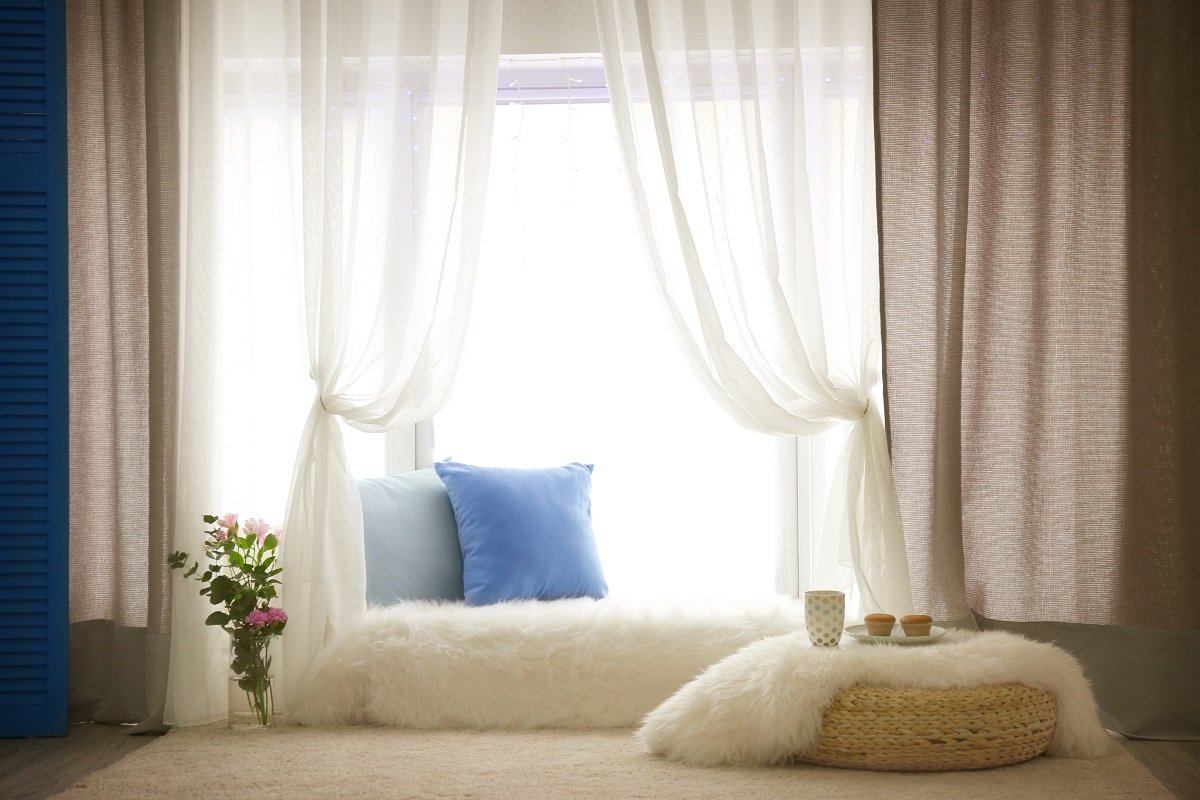Custom Drapery Installation
Custom drapery installation involves the professional installation of custom-made drapes or curtains to enhance the aesthetic appeal and functionality of a space.

Here are the key steps involved in the process:
- Consultation and Measurement: A professional installer will typically start by conducting an initial consultation to understand your preferences, design goals, and functional requirements. They will take accurate measurements of the windows or areas where the custom drapery will be installed. These measurements are crucial to ensure that the drapes are properly sized and fit the windows precisely.
- Fabric Selection: Based on your design preferences and the overall style of the space, you will choose the fabric for your custom drapery. The installer may provide guidance and suggestions regarding suitable fabric options, taking into account factors such as light control, privacy, durability, and maintenance.
- Hardware Selection: Custom drapery installation often involves selecting appropriate hardware, including curtain rods, brackets, finials, rings, and other necessary components. The installer may recommend hardware options that match your design preferences and provide the necessary support for the weight and style of your drapes.
- Installation Planning: The installer will plan the installation process, considering factors such as the type of mounting (wall, ceiling, or inside window frame), the number of brackets required, and any additional support or reinforcement needed for heavy drapes.
- Installation Process: On the day of installation, the installer will arrive with the necessary tools and equipment. They will begin by positioning and securing the curtain rods or tracks according to the predetermined measurements and desired placement. The brackets will be securely attached to the wall or ceiling, ensuring stability and proper weight distribution.
- Drapery Hanging: Once the hardware is in place, the custom drapery panels will be hung on the curtain rods or tracks. The installer will carefully arrange and adjust the drapes, ensuring proper pleating, symmetry, and length. Additional hardware components, such as finials or rings, may be added as required.
- Final Touches: After hanging the drapes, the installer will make final adjustments to ensure that they hang evenly and smoothly. They will test the opening and closing of the drapes and check for any functional issues or obstructions.
- Cleanup: Once the installation is complete, the installer will clean up the work area, removing any packaging materials, debris, or tools used during the installation process. They will ensure that the space is left clean and ready for immediate use.
By entrusting the installation of custom drapery to a professional, you can ensure that your drapes are installed correctly, providing a polished and refined look to your windows or space while maximizing their functionality and longevity.





